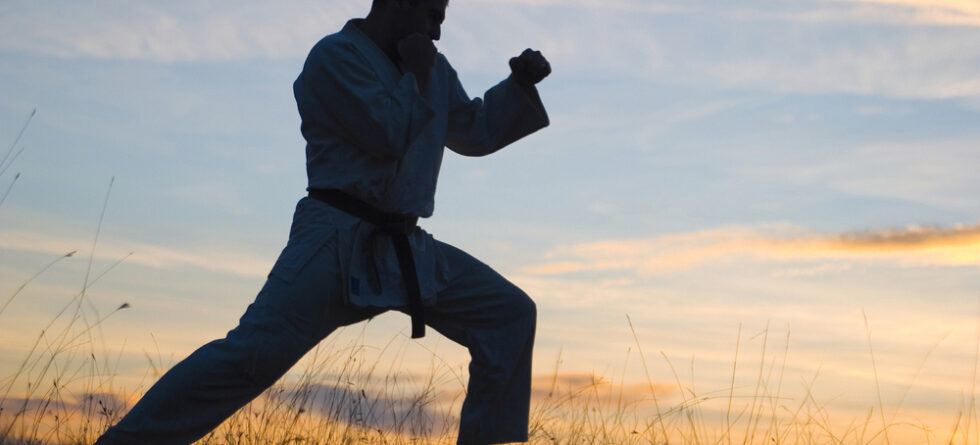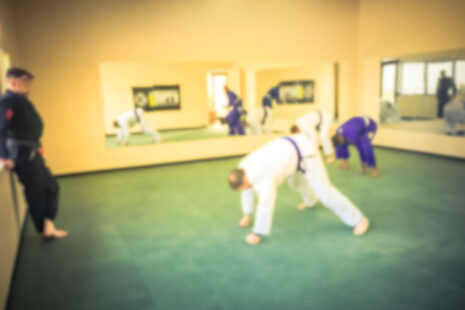Brazilian Jiu-Jitsu (BJJ) is a martial art that primarily focuses on grappling and ground fighting techniques. While the primary goal of BJJ is typically to control an opponent, submit them, or force them into a position of disadvantage, it is indeed possible to cause injury during training or competition, including the potential for limb breaks.
In BJJ, joint locks are a common technique used to control opponents or force them to submit. Joint locks, such as armlocks (e.g., armbar, kimura) and leglocks (e.g., heel hooks, kneebars), can put significant pressure on joints and if applied with sufficient force and without proper care, they can lead to injuries including fractures or dislocations.
Note that BJJ is generally practiced with a strong emphasis on safety and control, especially in training environments. Instructors typically emphasize the importance of applying techniques slowly and with control to prevent injury to training partners. Also, reputable BJJ schools prioritize teaching proper techniques and fostering a culture of respect and care for training partners, which helps minimize the risk of serious injury.
That said, like any martial art or combat sport, there is always some risk of injury associated with training and competition, and practitioners should always train responsibly and with awareness of the potential risks involved.




